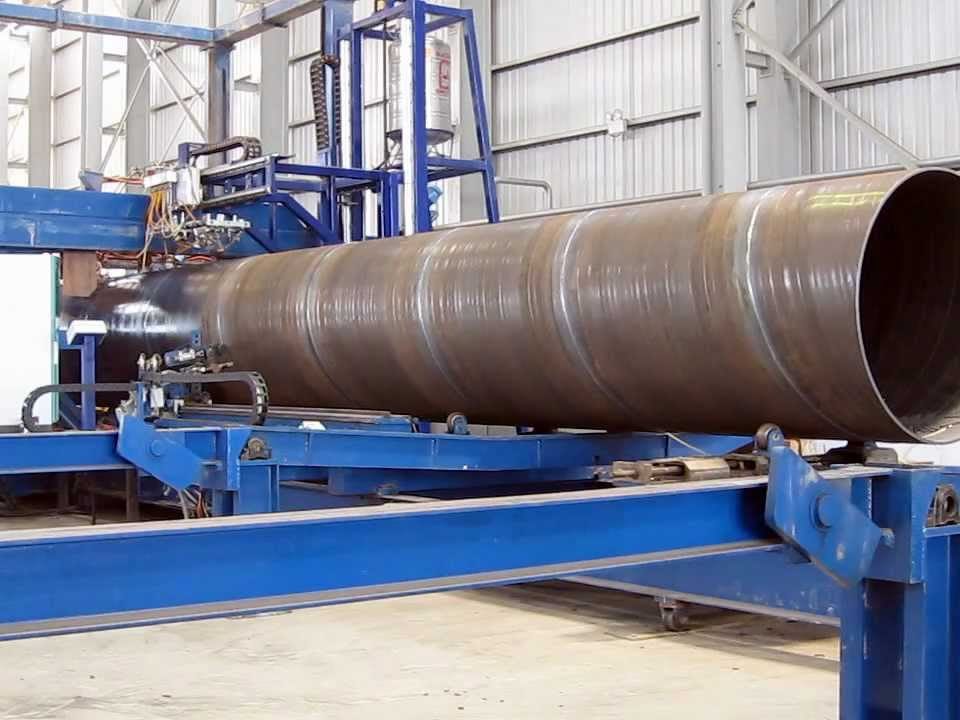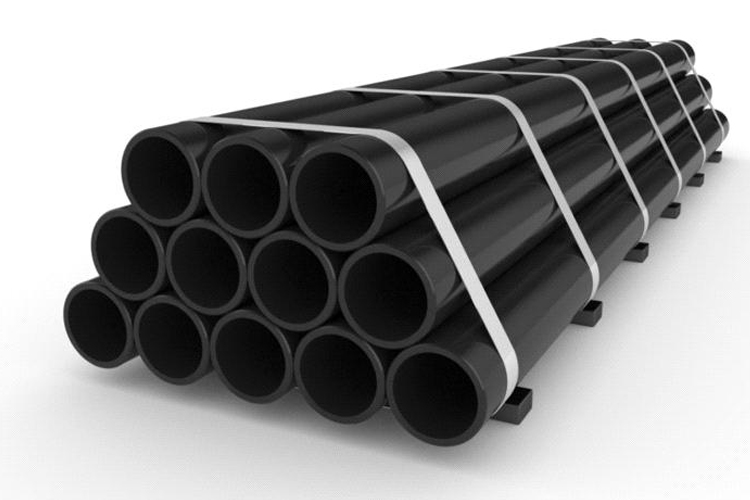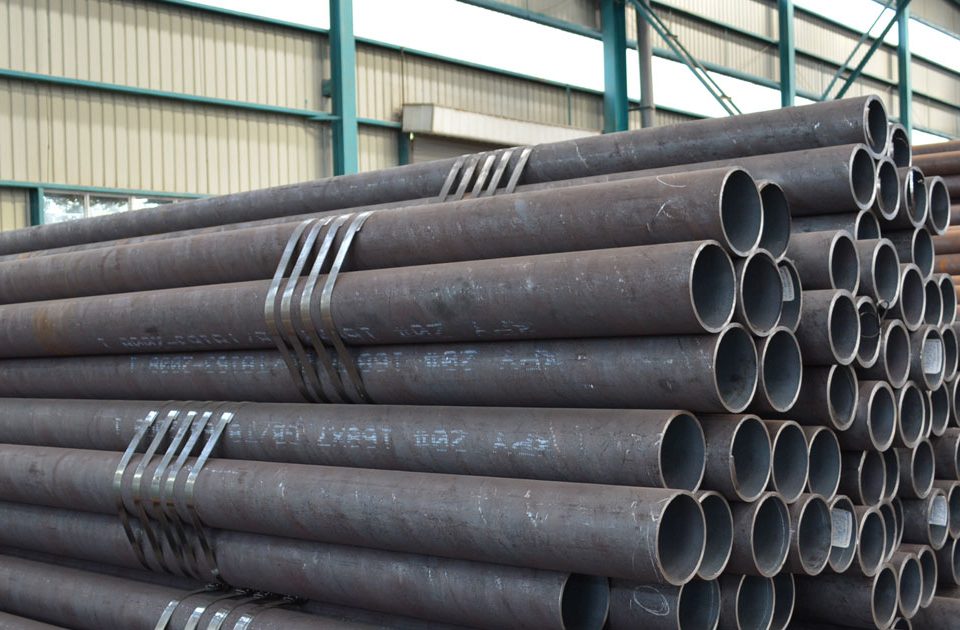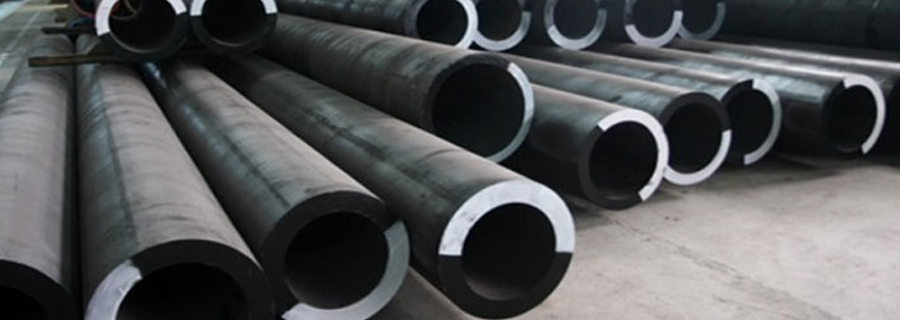Products News
June 3, 2018
Published by管理
atJune 3, 2018
Categories
Steel pipes can be seen everywhere in our daily life. It is widely used in heating, water supply, oil and gas and other industrial liquids, which brings great convenience to our life and production. According to the tube forming technology, steel tubes can be roughly divided into the following four categories: seamless steel tubes, high-frequency welded tubes, LSAW tubes, and spiral submerged arc welded tubes. According to the form of the weld we can be divided into seamless steel pipe, ERW steel pipe and spiral steel pipe. We have made a corresponding comparison of ERW steel pipes and spiral steel […]
June 3, 2018
Published by管理
atJune 3, 2018
Categories
1. Prospecting: After the steel plate used for manufacturing large-diameter submerged arc welded straight seam steel pipes enters the production line, a full-plate ultrasonic inspection is first performed; 2. Milling: Double-sided milling of the two edges of the steel plate by the edge milling machine to achieve the required plate width, plate edge parallelism and groove shape; 3. Pre-crimping: Pre-bending machine is used to pre-bend the edge so that the edge of the board has a curvature that meets the requirements; 4. Forming: In the JCO molding machine, first half of the pre-bent steel plate is punched several times and […]
May 21, 2018
Published by管理
atMay 21, 2018
Categories
Steel weight calculation formula steel formula –steel weight calculation formula –mass calculated steel steel weight (kg) = 0.02466 × thickness × (outer diameter – wall thickness) × length bar Weight (kg): Weight per meter = 0.00617 * diameter * diameter rebar weight (kg) = 0.00617 × × diameter was calculated diameter × length (rebar and the same round) square steel weight (kg) = 0.00785 × side edge width × length × width angle weight (kg) = 0.00785 × (edge width edge width + – edge thickness) × length × thick side plate weight (kg) = 7.85 × × thickness area […]
May 16, 2018
Published by管理
atMay 16, 2018
Categories
Spiral steel pipe production process and straight seam steel pipe is different: the strip coil as raw material, often warm extrusion molding, automatic double-wire double-sided submerged arc welding process welded spiral seam steel pipe. 1. Raw Material Inspection 2. Uncoiling 3. Rough Leveling 4. End Cutting and Butt Welding 5. Precision Leveling 6. Delivering 7. Forming By Inner and Outer Welding 8. Welding Slag Cleaning & Overall Inspection 9. repair Welding, X-Ray Inspection, Scanning, And Re-Inspection By Manual UT 10. Chamfering 11. Hydrostatic Testing 12. auto Length-Measuring and Weighing 13. Coating and Marking 14. storage (1) Raw […]
May 16, 2018
Published by管理
atMay 16, 2018
Categories
什么是外径,内径,第二名字吗l diameter of steel pipe? The diameter of steel pipe can be divided into outer diameter, inner diameter and nominal diameter. The outer diameter of the pipe with the antiseptic spiral steel pipe is denoted by letter D, followed by the size and wall thickness of the outer diameter. For example, the anticorrosive spiral steel pipe with an outer diameter of 108 has a wall thickness of 5mm, which is expressed by D108*5. The plastic pipe is also expressed by the outer diameter, such as De63. Others such as reinforced concrete pipes, cast […]
April 22, 2018
Published by管理
atApril 22, 2018
Categories
According to the different pipe-making process, the steel pipe can be divided into seamless steel pipe (SML), which is mainly used as the internal oil collection pipe and small-diameter high-pressure natural gas transmission pipe. The number of long-distance oil and gas transmission pipelines is very small, and most of the long-distance pipelines are It adopts three types of straight seam high-frequency welded pipe (ERW), spiral submerged arc welded pipe (SSAW), and LSAW (LSAW). The following table shows the process characteristics and quality performance comparisons of several types of steel pipes: ERW PIPE API ERW Carbon Steel Pipes Standard related to Grade: […]
April 16, 2018
Published by管理
atApril 16, 2018
Categories
Different types of steel are produced according to the mechanical and physical properties required for their application. Various grading systems are used to distinguish steels based on these properties, which include density, elasticity, melting point, thermal conductivity, strength, and hardness (among others). To make different steels, manufacturers vary the type and quantity of alloy metals, the production process, and the manner in which the steels are worked to produce particular products. According to the American Iron and Steel Institute (AISI), steels can be broadly categorized into four groups based on their chemical compositions: Carbon Steels Alloy Steels Stainless Steels Tool Steels Properties of Carbon […]
April 4, 2018
Published by管理
atApril 4, 2018
ASTM A179 (ASME SA179) Pipe Description Cold drawn seamless carbon steel tube for heat exchangers and condensers Size (mm): O.D.:6.0~114.0; W.T.:1~15; L: max 12000 Description: 1. Standards: ASTM A179 (ASME SA179) 2. Applications: heat exchangers, condensers, heat transfer equipment and similar pipes. 3. Grade: A 179 4. Specifications: diameter 10.3 to 76.2 mm; thickness: 1.2 to 12 mm; length: 6 m and above; and, modified specifications according to customer requirements. 5. Chemical composition and mechanical properties. DIN 17175 Alloy pipe Description Standard: DIN 17175 We can supply various grades of seamless boiler pipes, such as St35.8, St45.8, 15Mo3, 13CrMo44, 10CrMo910, etc. […]







